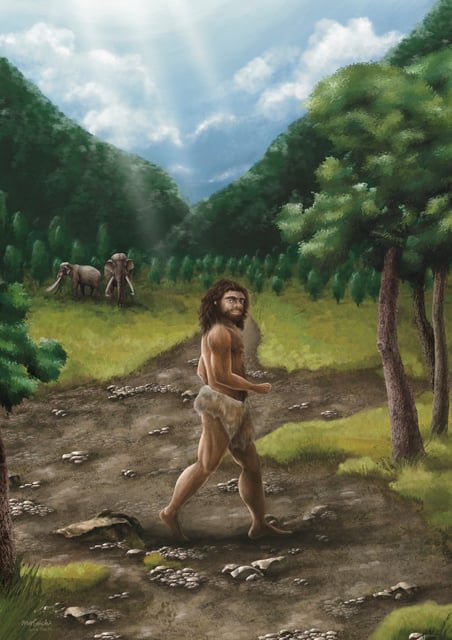Overview
- A jawbone, dubbed Penghu 1, recovered from the seafloor near Taiwan has been identified as Denisovan based on protein markers and anatomical features.
- This discovery significantly broadens the known geographic range of Denisovans, previously confirmed in Siberia and the Tibetan Plateau.
- Protein residue analysis revealed two markers unique to Denisovans, overcoming the lack of recoverable DNA in the fossil.
- The jawbone exhibits thick bones and large molars, resembling a Denisovan specimen found on the Tibetan Plateau in Xiahe, China.
- Direct dating of the fossil remains unresolved due to environmental degradation, but researchers estimate it dates back to the Pleistocene era.



